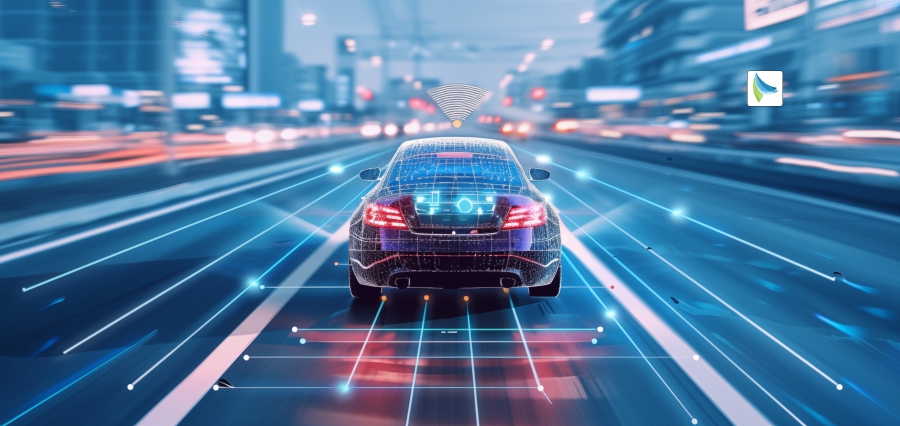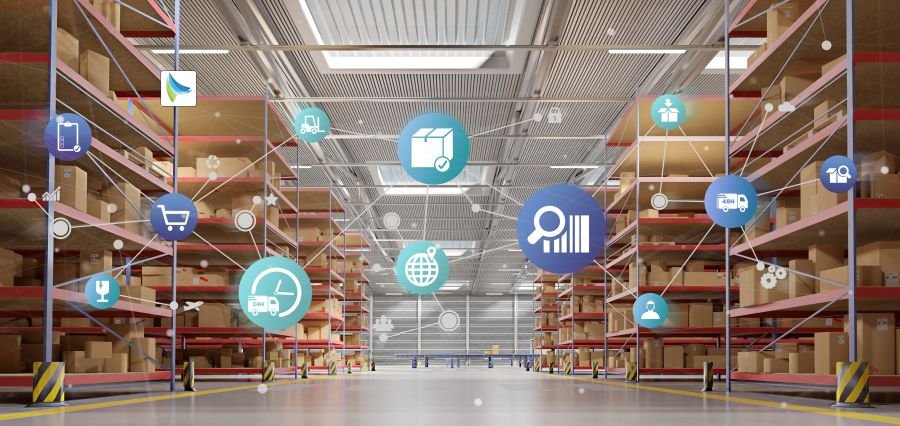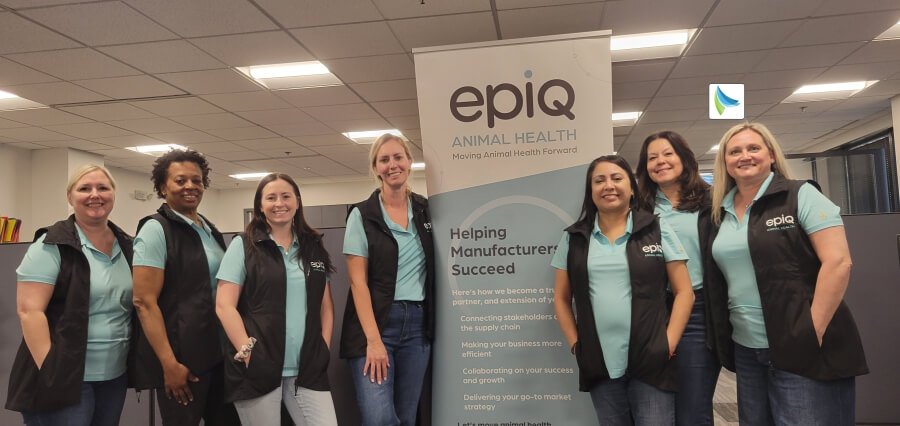AI on Wheels
The roar of the engines is being replaced with the gentle whir of the electric motors yet the true revolution is within the circuits. Smart Vehicle Technology is transforming cars, trucks and scooters into intelligent companions that are able think, learn and respond quicker than any human operator. Whether in the shape of a self-driving sedan or delivery robots walking the streets, AI is making mobility safer, cleaner, and more connected than ever.
The Core of Smart Mobility
The core of this transformation is autonomous driving. Firms such as Tesla, Waymo, and Cruise are putting out vehicles, which have cameras, radar, and lidar to render the world in 360. The Full Self-Driving (FSD) system by Tesla operates on its own Supercomputer named Dojo, which trains neural networks using data of billions of miles of real-world data. In 2024 alone Tesla drivers recorded more than 1.3 billion miles in FSD mode, which trains the AI to deal with rainy highways, as well as crazy city intersections. Google-backed Waymo is now fully driverless robotaxis that can be found in Phoenix, San Francisco, and Los Angeles. It completed over 50,000 paid rides each week with no human involved whatsoever.
Self-driving is not the end of Smart Vehicle Technology. It is all about prediction and prevention. AI is used by modern cars to monitor the driver’s behaviour. Whenever you are drifting lanes or blinking slowly, driver aid systems such as the BlueCruise by Ford, or the Mercedes Drive Pilot, will just nudge the wheel or decelerate the vehicle. Volvo Pilot Assist can interpret road signs and regulate speed and even brake to avoid animals, reducing reaction time from several seconds to milliseconds.
Connected Cabins: Where AI Meets Comfort
The AI will make vehicles mobile assistants. Dashboard voice systems such as the iDrive 9 in the BMW or the Alexa in Rivian allow you to play music, adjust the climate, and navigate without touching a finger. In India, the i-SMART platform of MG Motor enables drivers to preheat a car, monitor the tyre pressure or locate parking all through a smartphone application in Hindi, Tamil or English.
The Smart Tech Canvas
Smart tech is best projected on electric vehicles (EVs). No engine sound: AI would save battery consumption by learning your behaviour. Nissan’s Leaf will know your daily schedule, and pre-cool the cabin through grid power, not battery power. In India, the Nexon EV developed by Tata involves AI-powered features to recommend charging points on the basis of the traffic and elevation, and even the weather. This is not merely convenience–it increases range by 15%.
Smart Vehicle Technology is changing delivery on the logistical front. Zoox robotaxi by Amazon and R2 pod by Nuro are driverless vehicles that transport groceries, which reduces expenses by 40-50%. Zypp Electric, a delivery service based in Mumbai, also utilises AI to plan the e-scooter routes to minimise idle time and emissions. The cloud-based AI enables fleet managers to track vehicles in real time, predict maintenance, and reroute around traffic.
How AI Saves Lives on the Road
Safety is the biggest win. According to the World Health Organisation, 1.3 million individuals lose their lives every year in road accidents. AI could cut that by 90%. The EyeQ chip by Mobileye, which is installed in more than 100 million automobiles, identifies pedestrians and bicycles and potholes with almost 100% accuracy. In India, where roads are crowded with cows, rickshaws and trucks, Maruti Suzuki has already been testing AI dashcams that notify drivers about sudden braking or cutting lanes.
It is all connected with the help of 5G connectivity, which provides Vehicle-to-Everything (V2X) communication. Cars communicate with traffic lights, other automobiles and even the phones of pedestrians. Another system by Volvo V2X is used to warn drivers about ambulances three crossroads away in Singapore. The Baidu Apollo platform in China allows the buses to platoon, i.e. drive inches apart at highway speeds to conserve fuel..
The New Engine of Profit
The money flows in the software layer. Software subscriptions have become the sole source of Tesla’s profits compared to sales in certain carmakers. The camera can be enabled to capture Accelerated Pedestrian Detection or Smart Summon, which are unlocked through over-the-air (OTA) updates without visiting the dealership. In 2024, Tesla had driven 12 large OTA updates, which included games, improved routing and even an update to dog mode.
Challenges on the Road to Full Autonomy
However, adoption is growing faster. The global automobile market will have 15% of new vehicle sales that have Level 3+ autonomy by 2030. Ola Electric has intentions of introducing AI-powered scooters in India that have crash alerts and theft tracking. The Born Electric line of Mahindra will be released with Level 2+ ADAS.
Yet adoption is accelerating. By 2030, 15% of new vehicles sold globally will have Level 3+ autonomy. In India, Ola Electric plans AI-powered scooters with crash alerts and theft tracking. Mahindra’s Born Electric lineup will launch with Level 2+ ADAS standard.
The Road Ahead: Smarter, Safer, and Self-Driven
It is not only driverless but also intelligent. Suppose your car performs self-service, bargains with traffic lights to grant it a green wave, and drops you off at the job as the car parks in, or the car makes money taking passengers, or performs rides. Smart Vehicle Technology is not science fiction, but it is being implemented whether you like it or not, on a roll-by-roll basis.
By cutting emissions to save lives, AI on wheels is taking us into a new mobility era, smarter, safer, and future-ready.
















